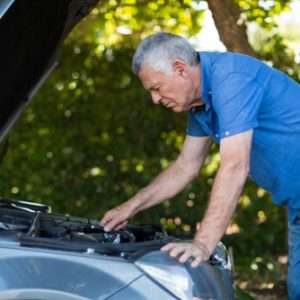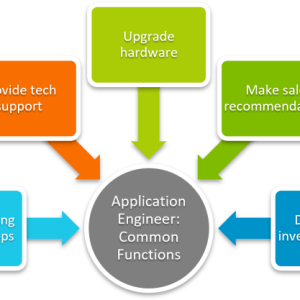What is the Engine Car Light?
The engine car light, often referred to as the “check engine light” (CEL), is a warning signal from your car’s onboard diagnostic system. It indicates that something might be wrong with your engine, emissions system, or related components. It’s important to address it promptly.
Ignoring it can lead to more serious and costly repairs down the road. Don’t delay!
Common Causes of the Engine Car Light
Many issues can trigger the CEL. Here are some of the most frequent culprits:
- Loose Gas Cap: A simple fix, but often overlooked.
- Faulty Oxygen Sensor: Affects fuel efficiency and emissions.
- Catalytic Converter Failure: A more serious and expensive problem.
- Spark Plug Issues: Can cause misfires and reduced performance.
- Mass Airflow Sensor (MAF) Problems: Impacts air-fuel mixture.
These are just a few examples. A proper diagnosis is crucial to pinpoint the exact cause.
What to Do When the Light Comes On
If your engine car light illuminates, don’t panic. Assess the situation calmly.
First, check your gas cap. Is it loose or damaged? Tighten or replace it if necessary.
Next, observe your car’s performance. Are you experiencing any of the following?
- Rough idling
- Loss of power
- Unusual noises
If you notice any of these symptoms, it’s best to have your car inspected by a qualified mechanic as soon as possible. Safety first!
FAQ: Engine Car Light
Can I still drive with the engine car light on?
It depends. If the light is flashing, it indicates a more serious problem that could cause damage to your engine. In this case, it’s best to avoid driving and have your car towed to a mechanic. If the light is solid, you can usually drive a short distance, but it’s still important to get it checked out as soon as possible.
How much does it cost to fix the engine car light?
The cost varies greatly depending on the cause of the problem. A simple fix like replacing a gas cap might cost only a few dollars, while a more complex repair like replacing a catalytic converter could cost hundreds or even thousands of dollars.
Can I reset the engine car light myself?
Yes, you can often reset the light by disconnecting the car battery for a few minutes. However, this will not fix the underlying problem. The light will likely come back on if the issue is not resolved. It’s generally better to have the problem diagnosed and repaired properly.
Preventative Maintenance to Avoid the Engine Car Light
The best way to deal with the engine car light is to prevent it from coming on in the first place. Regular maintenance is key to keeping your car running smoothly and avoiding costly repairs.
Regular Oil Changes
Changing your oil regularly is crucial for engine health. Clean oil lubricates engine parts, reduces friction, and helps to dissipate heat. Follow your manufacturer’s recommended oil change intervals.
Air Filter Replacement
A clean air filter ensures that your engine receives the proper amount of air for optimal combustion. A clogged air filter can reduce fuel efficiency and performance.
Spark Plug Maintenance
Faulty spark plugs can cause misfires and reduced performance. Inspect and replace your spark plugs according to your manufacturer’s recommendations.
Regular Inspections
Have your car inspected regularly by a qualified mechanic. They can identify potential problems before they become serious and trigger the engine car light.
Decoding the Engine Car Light: Diagnostic Trouble Codes (DTCs)
When the engine car light comes on, your car’s computer stores a Diagnostic Trouble Code (DTC). This code provides information about the specific problem that triggered the light.
You can use an OBD-II scanner to retrieve these codes. Many auto parts stores offer free scanning services.
Here’s a general overview of what the codes mean:
- P0XXX: Powertrain codes (engine, transmission)
- B0XXX: Body codes (airbags, power windows)
- C0XXX: Chassis codes (ABS, suspension)
- U0XXX: Network codes (communication between modules)
Each code has a specific meaning. For example, P0300 indicates a random/multiple cylinder misfire.
While knowing the code can be helpful, it’s important to remember that it’s just a starting point. Further diagnosis is often required to pinpoint the exact cause of the problem.
When to Seek Professional Help
While some engine car light issues can be resolved with simple DIY fixes, others require professional attention. It’s important to know when to seek help from a qualified mechanic.
Consider seeking professional help if:
- The engine car light is flashing.
- You experience significant performance issues, such as rough idling, loss of power, or unusual noises.
- You are not comfortable diagnosing or repairing the problem yourself.
- You have tried simple fixes, such as tightening the gas cap, but the light remains on.
A qualified mechanic has the tools and expertise to accurately diagnose and repair the problem, ensuring that your car is running safely and efficiently.




